Here Is The 50-Year Progressive Evolution Of Toyota Hilux

The Toyota Hilux that we know today did not just become that overnight. It is a state-of-art work that included sweat, skill, and talent that has been evolving for over 50 years. This piece takes you down the memory lane of where the Toyota Hilux was born.
1968-1972
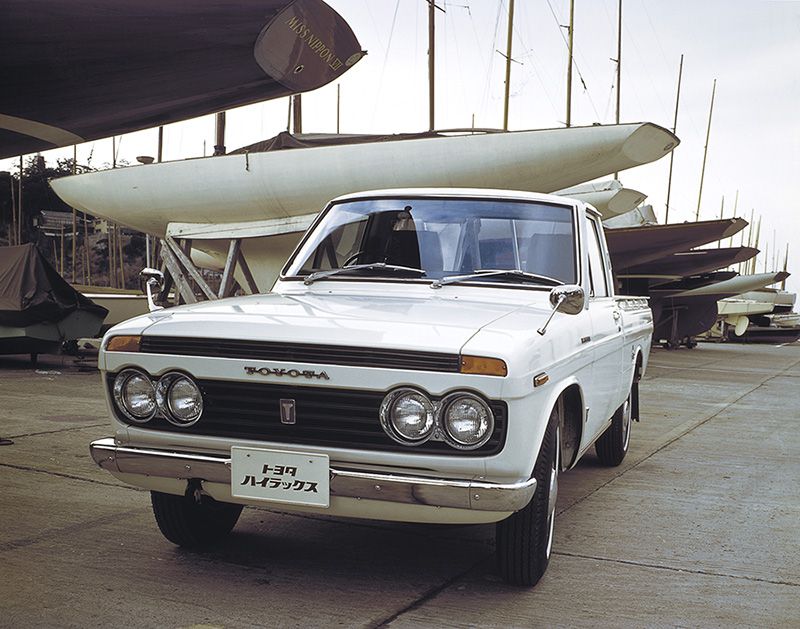
The idea was born here. Call them the first-generation Hilux. The first Toyota Hilux was manufactured by Hino Motors, Ltd with the term “Hilux” being an acronym of “high” and “luxury”. It had an engine capacity of 1.5 liters with a four-speed manual transmission. It accommodates up to three occupants with a payload of 1,000 kilograms. The engine was upgraded from 1.5-liter capacity to 1.6 in 1971.
1972 – 1978

In May 1972, a new Hilux was born. It was more developed than the first-generation and had significant design updates. The safety features were more enhanced as compared to the 1.5-liter come 1.6-liter capacity one. The new safety features included servo-assisted dual brake cylinders as well s a load-sensing brake proportioning valves. It also came with a 2.0-liter 105 hp engine mated to a three-speed automatic. This was the second generation.
1978-1983

Here is where comfort was born. Those who understand the language of cars will tell you in most cases, it is about the interior space that gives you a chance to be in contact with the world outside. The third-generation Hilux, born in September 1978, was a Super Deluxe model that came with a larger interior space. Three years later, a Hilux double cab with two rows of seats hit the road.
1983-1988
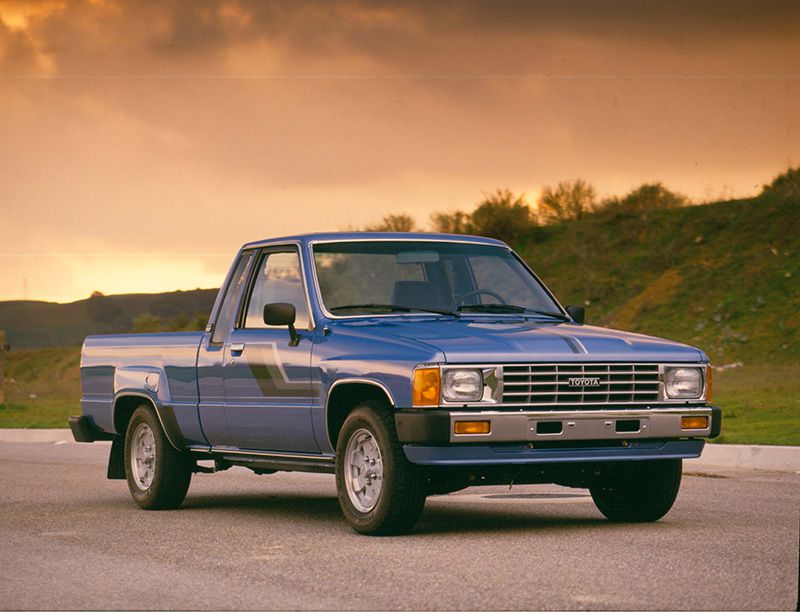
The fourth-generation roared into life in November 1983. It was well enhanced with a range of engine options that made it a class of its own compared to the previous models. The engines ranged from 1.6-liter and 1.8-liter gasoline.
The designs took a different path with 2.2-liter and 2.4-liter diesel engines. To amplify it further, it came as a four-wheel-drive powered by either gasoline for 2.0-liter engine and diesel for the 2.4-liter engine. The external appearance of the fourth-generation models was characterized by their blister fenders in the front and rear.
1988-1997

This period was characterized by the release of the fifth generation. It is the second longest-running generation of Hilux model whose body variations were reduced to one featuring pressed doors with integrated window sashes.
“A major difference between rear-wheel-drive (RWD) and 4-wheel-drive (4WD) models was the wheel arch flares: RWD models had fenders without flares, whereas 4WD models came with sturdy-looking over fenders with flares,” says Toyota on their website.
For this reason, the width of 4WD models became 1,690 mm, or 40 mm wider than that of RWD models. The design of the dashboard and other interior equipment became even more sedan-like than before.
1997-2004
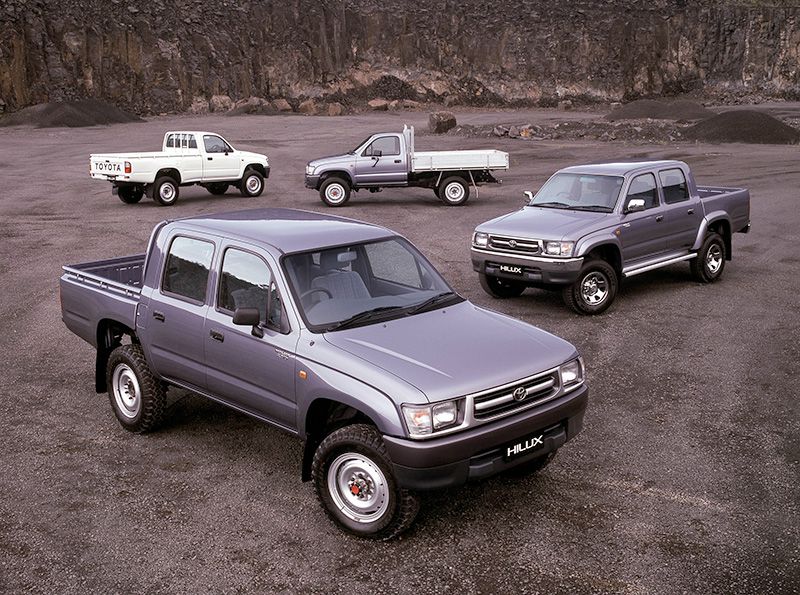
Welcome to the sixth-generation Hilux launched in September 1997. This model was well crafted and enhanced to fit people’s personalities as well as maintaining that class of beauty. It came with two types of bodies designed both for business and for personal use in either two-wheel-drive or four-wheel-drive.
The tow-wheel-drive came with equipment and devices suitable for a multi-purpose vehicle, featuring extended cabin height and length as well as improved quietness. The extra cab model, introduced in November with the body width extended by 100 mm, was an open-deck multi-purpose vehicle featuring an adequately long cargo bed while adding two auxiliary seats to the rear of the cabin.
2004-2015
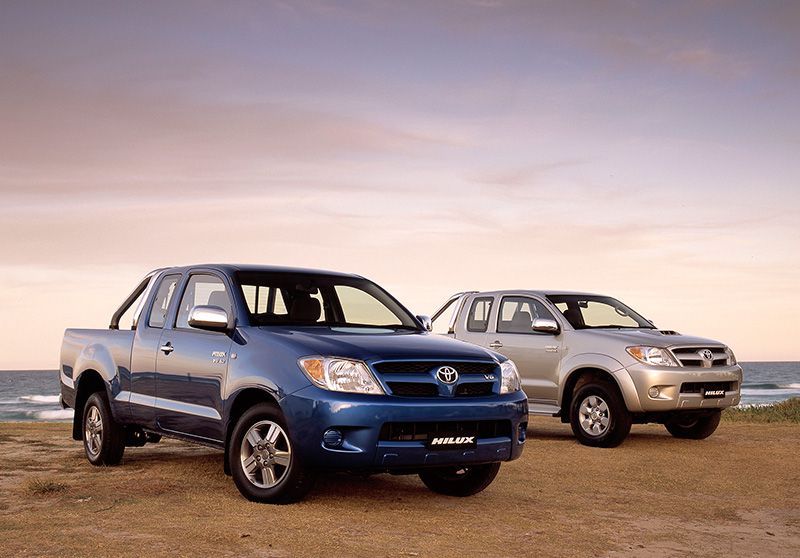
This period marked the seventh-generation. It was launched in August 2004 and went down in history as the first Hilux model to be produced outside Japan with its bulk being produced in Thailand, South Africa, and Argentina.
Sold in more than 140 countries, the seventh-generation Hilux retained some features such as the rugged beauty from the sixth-generation model while offering the customer of the 21st Century a high level of comfortability, durability coupled with lots of interior space, improved comfort, and relaxation.
This generation saw Toyota developing five new models on a single platform, that is three pickup truck models (Hilux), one minivan model (Innova), and one sports utility model (Fortuner).
2015 – Now
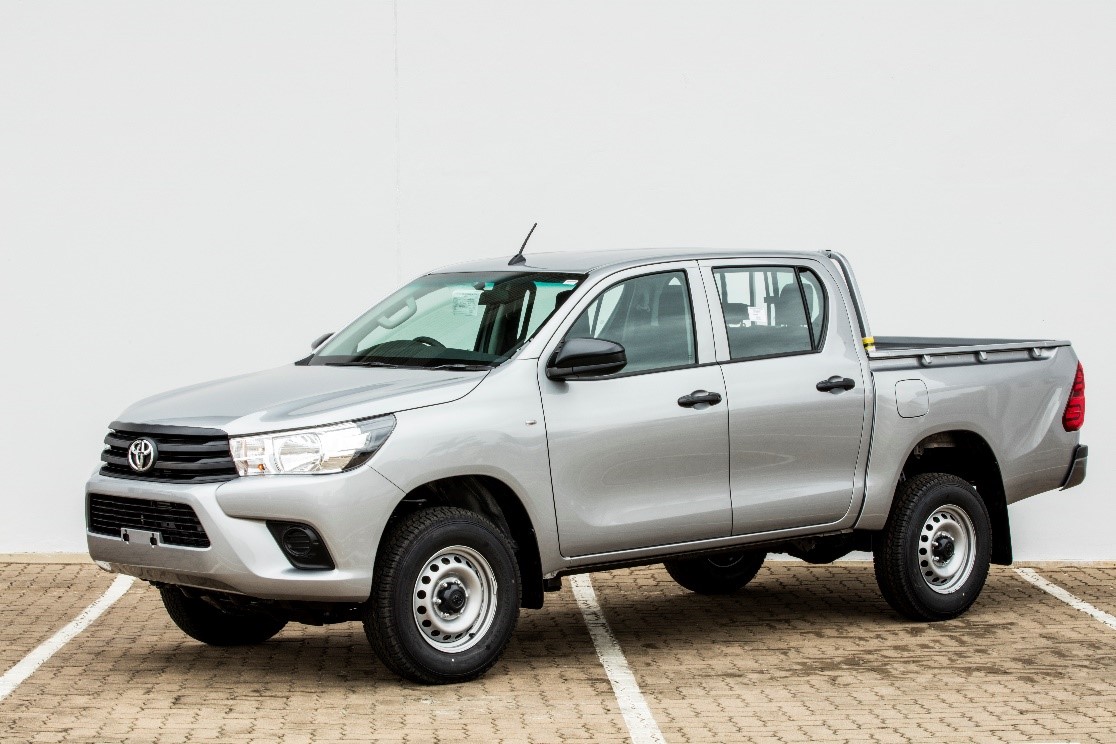
This is the eighth-generation Hilux model launched in May 2015. It is defined with improved safety and comfort.
The vehicle has an enhanced off-road performance brought about by the upgraded leaf spring suspension and shock absorbers.
The eighth-generation Hilux design was not only tougher but also reduced stress as much as possible. Above and beyond conventional ideas of toughness, it boasted ride comfort that made long, tough drives less grueling, a quiet cabin that allowed communication in any conditions, and enhanced cruising range thanks to improved fuel efficiency. It could also be relied on to provide the legendary ruggedness, performance, responsiveness, and safety expected from the model. (source: Toyota)
READ: NCBA Bank To Finance Kenyans Who Buy Cars From Toyota Kenya
About Juma
Juma is an enthusiastic journalist who believes that journalism has power to change the world either negatively or positively depending on how one uses it.(020) 528 0222 or Email: info@sokodirectory.com
- January 2025 (119)
- February 2025 (191)
- March 2025 (212)
- April 2025 (193)
- May 2025 (161)
- June 2025 (157)
- July 2025 (227)
- August 2025 (39)
- January 2024 (238)
- February 2024 (227)
- March 2024 (190)
- April 2024 (133)
- May 2024 (157)
- June 2024 (145)
- July 2024 (136)
- August 2024 (154)
- September 2024 (212)
- October 2024 (255)
- November 2024 (196)
- December 2024 (143)
- January 2023 (182)
- February 2023 (203)
- March 2023 (322)
- April 2023 (297)
- May 2023 (267)
- June 2023 (214)
- July 2023 (212)
- August 2023 (257)
- September 2023 (237)
- October 2023 (264)
- November 2023 (286)
- December 2023 (177)
- January 2022 (293)
- February 2022 (329)
- March 2022 (358)
- April 2022 (292)
- May 2022 (271)
- June 2022 (232)
- July 2022 (278)
- August 2022 (253)
- September 2022 (246)
- October 2022 (196)
- November 2022 (232)
- December 2022 (167)
- January 2021 (182)
- February 2021 (227)
- March 2021 (325)
- April 2021 (259)
- May 2021 (285)
- June 2021 (272)
- July 2021 (277)
- August 2021 (232)
- September 2021 (271)
- October 2021 (304)
- November 2021 (364)
- December 2021 (249)
- January 2020 (272)
- February 2020 (310)
- March 2020 (390)
- April 2020 (321)
- May 2020 (335)
- June 2020 (327)
- July 2020 (333)
- August 2020 (276)
- September 2020 (214)
- October 2020 (233)
- November 2020 (242)
- December 2020 (187)
- January 2019 (251)
- February 2019 (215)
- March 2019 (283)
- April 2019 (254)
- May 2019 (269)
- June 2019 (249)
- July 2019 (335)
- August 2019 (293)
- September 2019 (306)
- October 2019 (313)
- November 2019 (362)
- December 2019 (318)
- January 2018 (291)
- February 2018 (213)
- March 2018 (275)
- April 2018 (223)
- May 2018 (235)
- June 2018 (176)
- July 2018 (256)
- August 2018 (247)
- September 2018 (255)
- October 2018 (282)
- November 2018 (282)
- December 2018 (184)
- January 2017 (183)
- February 2017 (194)
- March 2017 (207)
- April 2017 (104)
- May 2017 (169)
- June 2017 (205)
- July 2017 (189)
- August 2017 (195)
- September 2017 (186)
- October 2017 (235)
- November 2017 (253)
- December 2017 (266)
- January 2016 (164)
- February 2016 (165)
- March 2016 (189)
- April 2016 (143)
- May 2016 (245)
- June 2016 (182)
- July 2016 (271)
- August 2016 (247)
- September 2016 (233)
- October 2016 (191)
- November 2016 (243)
- December 2016 (153)
- January 2015 (1)
- February 2015 (4)
- March 2015 (164)
- April 2015 (107)
- May 2015 (116)
- June 2015 (119)
- July 2015 (145)
- August 2015 (157)
- September 2015 (186)
- October 2015 (169)
- November 2015 (173)
- December 2015 (205)
- March 2014 (2)
- March 2013 (10)
- June 2013 (1)
- March 2012 (7)
- April 2012 (15)
- May 2012 (1)
- July 2012 (1)
- August 2012 (4)
- October 2012 (2)
- November 2012 (2)
- December 2012 (1)

